tree tubes
treenutt
10 years ago
Featured Answer
Comments (31)
Toronado3800 Zone 6 St Louis
10 years agolucky_p
10 years agoRelated Professionals
Norton Shores Landscape Architects & Landscape Designers · Hickory Hills Landscape Contractors · Milton Landscape Contractors · Newberg Landscape Contractors · Raleigh Landscape Contractors · Dale City Siding & Exteriors · Kenosha Siding & Exteriors · West Elkridge Siding & Exteriors · Boise Decks, Patios & Outdoor Enclosures · Lauderdale Lakes Decks, Patios & Outdoor Enclosures · Lebanon Decks, Patios & Outdoor Enclosures · Monroe Decks, Patios & Outdoor Enclosures · Royal Oak Decks, Patios & Outdoor Enclosures · Urbana Decks, Patios & Outdoor Enclosures · Norwood Stone, Pavers & Concretewhaas_5a
10 years agotreenutt
10 years agolucky_p
10 years agowhaas_5a
10 years agolucky_p
10 years agowhaas_5a
10 years agopoaky1
10 years agotreenutt
10 years agosalmon1an
10 years agorickysampson
10 years agohamburglar1
9 years agotreenutt
9 years agogardener365
9 years agotreenutt
9 years agoedlincoln
9 years agosam_md
9 years agoalabamatreehugger 8b SW Alabama
9 years agompieprzica Texas Z8
8 years agoabel k
8 years agoedlincoln
8 years agoCampanula UK Z8
8 years agoviper114
8 years agopoaky1
8 years agotreenutt
8 years agowisconsitom
8 years agoDan _Staley (5b Sunset 2B AHS 7)
8 years agoclinton Hood
4 years agopoaky1
4 years agolast modified: 4 years ago
Related Stories
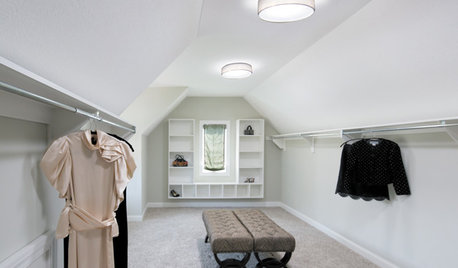
GREAT HOME PROJECTSHow to Add a Skylight or Light Tube
New project for a new year: Increase daylight and maybe even your home’s energy efficiency by opening a room to the sky
Full Story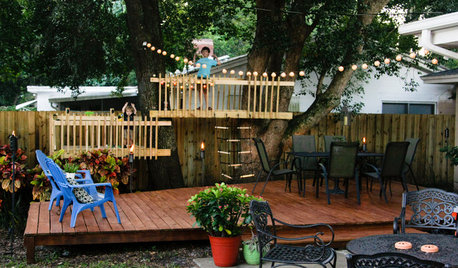
GARDENING AND LANDSCAPINGDIY Tree Forts and Deck Bring Out the Neighborhood Kids
Using YouTube videos, this couple turned a mud pit into a popular outdoor entertaining spot
Full Story
HOLIDAYSHow to Care for Your Christmas Tree
Keep your tree looking lush until the last ornament is packed away with these tips for watering, using stands and more
Full Story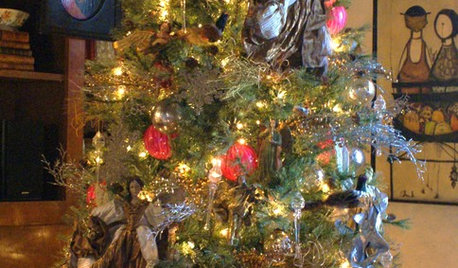
HOLIDAYSChristmas Tree Decorating the Painless Way
Holidays are for carols, not cussing. Make tree trimming less work and more fun with this guide at your side
Full Story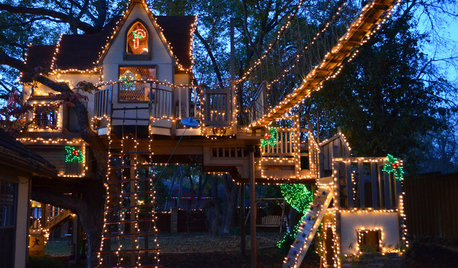
MOST POPULARA Magical Tree House Lights Up for Christmas
From the Most Popular file: An incredible tree house takes things up a notch for the holidays. See how it came to be
Full Story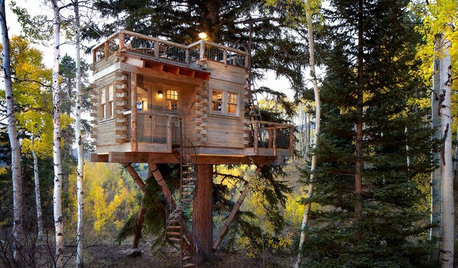
TREE HOUSESHouzz Call: Show Us Your Well-Designed Treehouse or Tree Fort!
Got a great treehouse or tree fort? We want to see it! Post yours in the Comments and we’ll feature the best in a future article
Full Story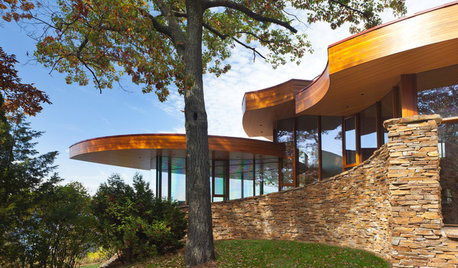
CONTEMPORARY HOMESHouzz Tour: Stunning Curved Architecture Rises Among the Trees
You can see the love of nature and organic shapes at first glance. Look more closely at this Wisconsin home and you’ll also see amazing flow
Full Story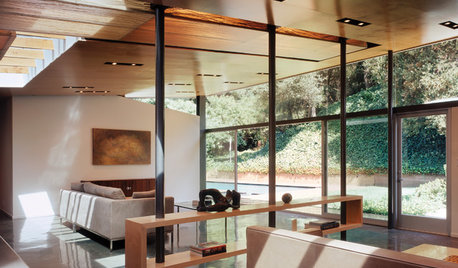
GREEN BUILDINGLook to the Sun for More of Your Home's Lighting
Manage sunlight with design-savvy windows, solar tubes and skylights to save energy and show your home's beauty
Full Story
BUDGET DECORATINGPop Culture Watch: Get a Good Rap With Thrift Store Scores
Eight rooms that rock secondhand finds, in an ideabook inspired by rappers taking YouTube by storm
Full Story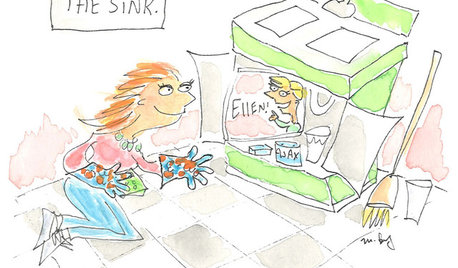
FUN HOUZZ9 Places for the TV We Haven't Seen — Yet
Tube watching ventures into uncharted territory. How far would you go in your own home?
Full StoryMore Discussions






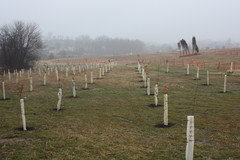


quercus13